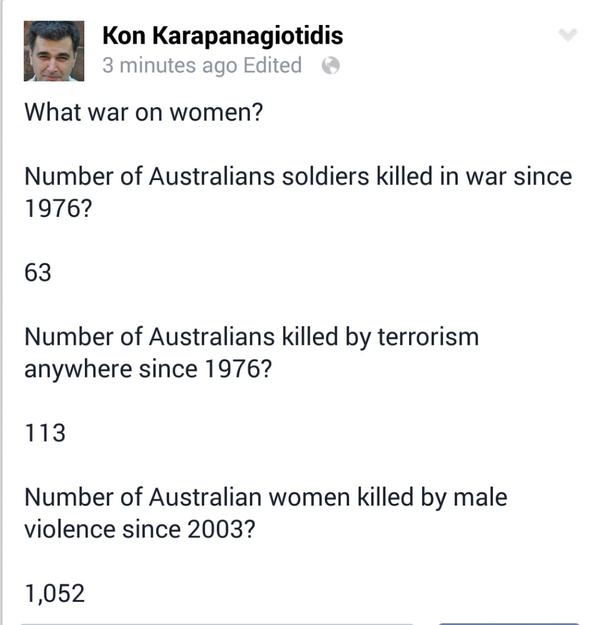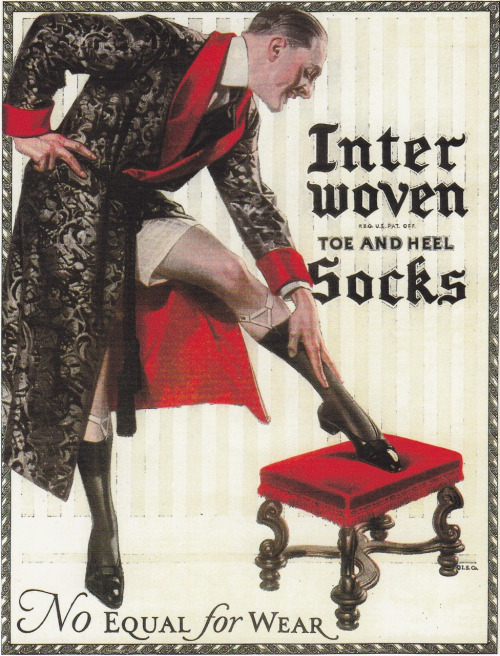This piece is really a companion piece to How Do I Find New Bands, where I talk about how I use digital media to find modern jazz bands. In this post, now, I’m going to talk about the sorts of things I need bands to have to make my job easier. Basically, bands need an online presence and a name. Or, in other words, they need to make it possible for me to a) find them, b) hire them, and c) promote them. And I buy a lot of music, because I’m also a DJ.
I don’t mind (I quite like) hunting down bands and musicians, but I have only limited time and resources.
I’ve been meaning to write about this for a while. But today I just had a bit of a spit on the facey because I wanted to actually reach some people.
This is a post about musicians, and how they can get gigs with dancers. It’s also a post about how to present yourself as a professional in the music industry.
Hey, musicians. It makes it much easier for me to promote your band if it has a name and a ‘shtick’. Five creative guys having fun is a good thing, but it’s not going to sell tickets to the average punter. And having a name and shtick is a good way to give your project focus and impetus. Which punters can connect with – it’s a way in.
Also with the hi-res photos, a short bio, and a website, please. If you have youtube videos, you’re winning.
Playing your guitar in your lounge room is art. Playing gigs where people pay you is business. Unless you actually are Django, your name alone is not enough to sell tickets. Particularly if you want to draw more than just the same five retiree jazzniks to your gigs.
Examples of bands/artists doing it right:
Hetty Kate (Melbourne, Australia)
website: http://www.hettykate.com/
facebook: https://www.facebook.com/hettykatemusic
shop: http://shop.hettykate.com/
Promotions, presence and networking.
Good, clear site, bio, pics, sound files right there.
Hetty Kate brings a good stage vibe too – she’s an entertainer. She wears good outfits, she talks to the crowd (nothing like a little witty banter to let the audience in), and she’s really present when she plays gigs. She looks at people. Jazznicks, I’m sorry, but your faded ‘gig blacks’ aren’t going to cut it. Buy a decent suit that’s comfortable and looks nice. If you’re not into suits, wear something you dig. Just show you care enough about this gig to make an effort. And punters will care enough to pay for a ticket.
Hetty Kate is also really good at networking. Or, in human words, keeping in contact with other humans. You don’t have to shmooze – in fact, it’s much better if you don’t – but it’s humans who give you gigs, so make friend with them. It’s in your interests to travel interstate and overseas to play gigs, so you’ll need a far-reaching network of professional ‘friends’.
And the best way to keep these relationships is to: a) Have a simple email address, phone number, and business card. Spread them widely, b) stay in contact (drop an email occasionally, say hi at a gig), c) Return favours and do favours (ie be a decent person, so people will help you out and stay sweet on you), c) Don’t be a dick. This last one is important. I know far too many male jazz musicians who are sexist dicks. I won’t hire you. Most of the dance event organisers in Australia are women too, and they won’t hire you either. And unlike the jazz music scene, the jazz dance has more women than men, so if you’re a sexist dick, you will not get gigs.
Naomi Uyama and Naomi & Her Handsome Devils
website: http://www.naomisdevils.com/
facebook: https://www.facebook.com/NaomisDevils
bandcamp: https://naomisdevils.bandcamp.com/
Professional musicianship and leadership.
We’ve heard all these musicians before, but this band has a distinct sound and clear leadership. They’re also pretty bloody hardcore on stage. There’s no fucking about being idiots, or screwing around with stupid in-jokes. When they get on stage, they are ON STAGE, and they bring some serious shit. They are good musicians, and they don’t patronise dancers. They recognise that lindy hoppers today are serious music fans and know an awful lot about good music. Dance event organisers and DJs often know much more than jazz musicians about what makes good dancing jazz. And this band are more than willing to accept that. They have a woman dancer leading them! Win!
They also have a website with all the info and assets (pics, etc) that I need to do my job properly. So I don’t need to hassle the band with a string of email requests.
Most importantly, they have a clear, strong leader who kicks heads and takes names. I know who to contact if I want to book her (and I’d love to!) Naomi a visible leader on stage, she dresses the part, she has serious presence, and she makes sure the band’s book is full of the right songs, played the right way for dancers. I’ve no doubt she uses her contacts as a dance teacher to secure gigs, and she stays in contact with them, figuring out which gigs are right for her band, for her, and for their reputation.
Tuba Skinny
website: http://www.tubaskinny.tk/
facebook: https://www.facebook.com/pages/Tuba-Skinny/198301143539894?fref=ts
bandcamp: http://tubaskinny.bandcamp.com/
A clear, coherent ‘brand’ or vibe.
The website is pretty basic, and it takes content directly from bandcamp, but it does the job. It has a bio, photos, and links to music!
More importantly, the band has a clear ‘brand’ or identity, which makes it easy to promote them. I don’t have to waste a lot of space explaining who they are and what they do. And what they do, they do 100%, from the songs in their book, to their clothes they wear on stage, and their presence on stage. This band identity is real, it’s who they are, and it’s what they do. They busk, they’re street jazz, and there’s a consistency right across their whole vibe – from their shows, to their recordings, to their look, their song choices, and their musical performances. This makes them easy to sell. The realness of it makes them easy to connect with, emotionally and creatively, as an audience.
This band has also worked extensively with dancers, both on the street, and for dance events. They respect what we do, and we respect what they do. So they are solid gold from a promotional perspective.
You need (if you’re actually running a band rather than screwing about):
– Band name.
– A website (even a tumblr or wordpress will do) with your email contact details right on every single page. Your phone number is also helpful. A website makes you look legit.
– A facebook page (where are you playing? What are you recording? What music do you play/love? What other bands, venues, and pages are you ‘friends’ with – who is in your network? What is your scene?).
– Sound files (complete songs) online.
– Youtube or vimeo clips are great.
– Hi-res photos of your band, taken by a pro, that are on your website.
– A short (1 or 2 paragraph) bio for your band (the musical/creative mission or vision, where you’re based, what you do), and for each member (who they are).
– And sell your music online, via downloads. So people outside your tiny local scene can give you money. Use a third party like bandcamp so people can find you.
Why a band name?
So I can say “Harlem presents: Sam and her Fancy Fiddlers!” rather than “Sam and Mike and Fred and Harry and Sheilah and a drummer if we can get him” on my 14cmx10cm postcard.
So you can develop a band ‘identity’ that helps people know what to expect when they buy tickets to your gig.
You can change the members at will, and it doesn’t screw up the PR copy (the whole is greater than the sum of its parts).
To give your band FOCUS. Your name should reflect your vibe: what music do you play? Are you rowdy jazzpunks fighting the man? Are you 100% Benny Goodman recreationists? Who ARE you?
A name shows me you can keep your shit together long enough to cooperate with a group of other musicians for a whole gig. And that suggests you’re easier to work with, and I’m more likely to hire you. I have zero interest in loner mavericks.
If you have a clear goal for your band, a clear focus, you will present as a ‘package’. You will do better music. You will work as a band not as a bunch of loner ‘artists’*. Yes, music is art. But it’s also business, and bills have to be paid. Get it together.
*wankers


